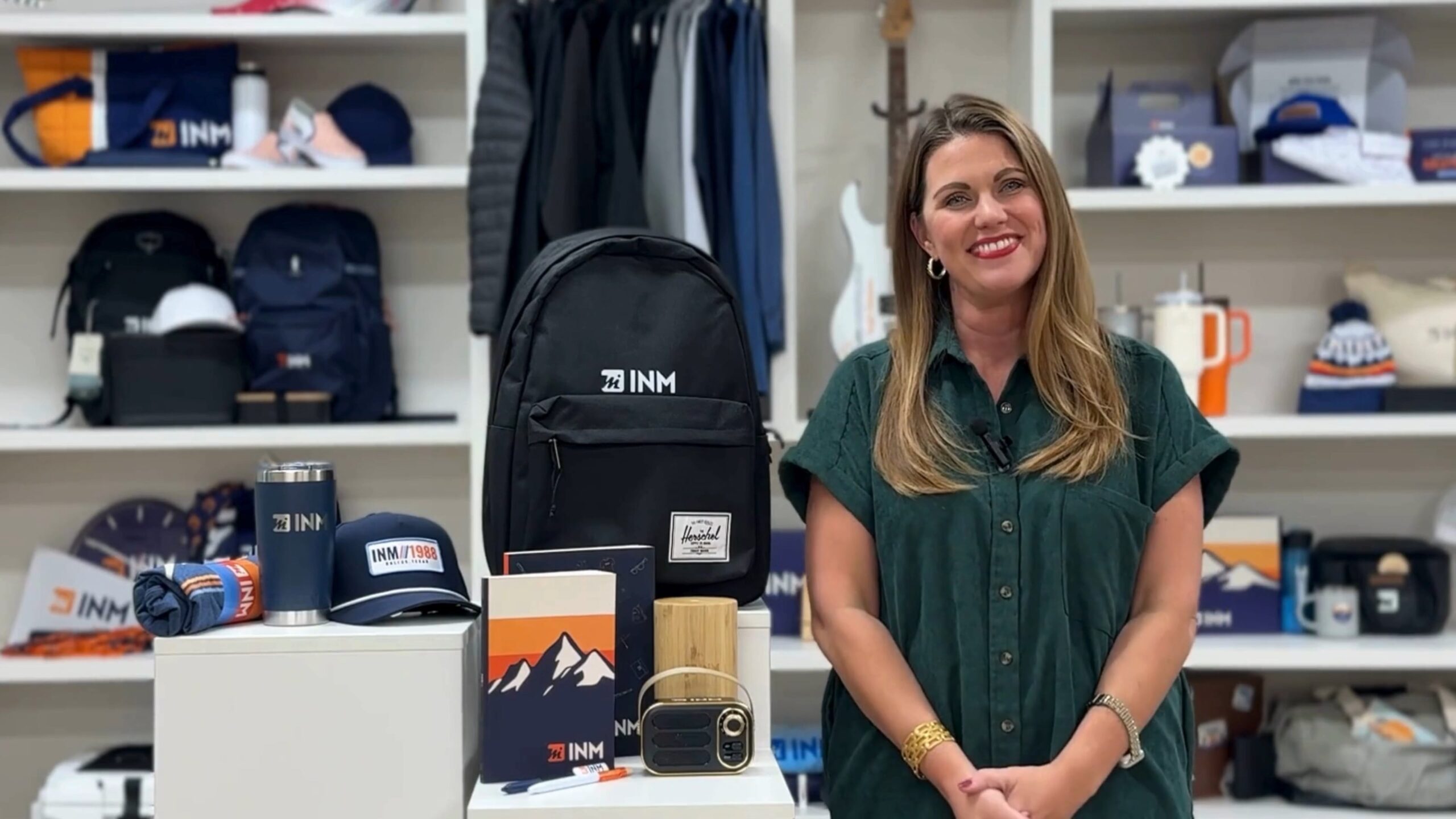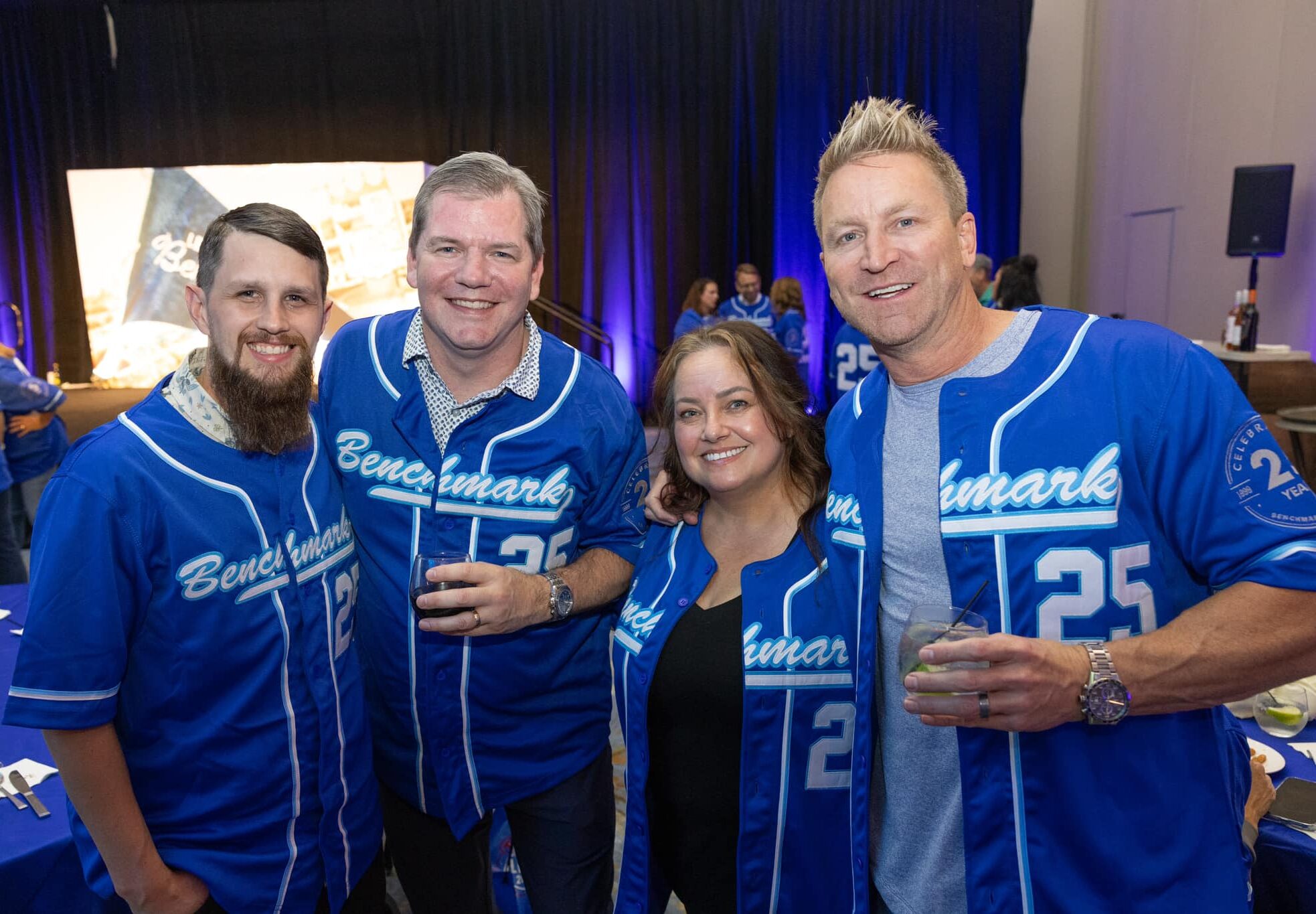Everyone has a different definition of what “safe” means and what their boundaries are when it comes to interacting with others, post Covid. You’ve got the safety Stanleys (cut to 1:06’) of the world who you want to make sure they can walk away assured that you took every effort to ensure their safety. Then, you’ve got the Karens of the world who really only care about when their local Starbucks is going to open back up because the drive thru just doesn’t make that triple extra hot double foam caramel unicorn macchiato the same. The task of creating the perception of safety is a real task, but the good news is that you’ve got options, based on your audience and the end goal. The three approaches to the events of the future are – in-person, digital and a hybrid of the two.
Let’s break it down:
If this time of distancing has shown us anything, it’s that we crave human interaction (yes, even you introverts). For example, we go to Las Vegas every year for our industry’s largest trade show. And, every year, there’s a rumbling among the staff about the smoky air and miles of walking and the non-stop schedule. But, every year, we all look forward to it. No, it’s not because we’re leaving our family responsibility behind to sleep in a dark, cold hotel room by ourselves. That’s not it at all…promise? It’s that we get to connect and learn and experience in ways that we don’t normally have the opportunity to do. That desire for connection and experience is vital and it can be done, even on the heels of a global pandemic:
- The perception of attendee/crowd wellness and safety should be center stage. You need to plan your hand san standsevent for the Stanleys of the world – meet the needs of those who are most cautious and you’ll, in turn, take care of everyone. Make sure sanitizer stations, masks and touch tools are readily available. Give people the opportunity to have space, designated by temporary walls, floor decals and plexiglass barriers. (Pro tip: Sell the opportunity to brand those products to your sponsors.)
- What is the return on investment for someone to attend an in-person event? Make it worth their time. Even if that means cutting some of the fluff and spending money on an incredible key-note speaker or experience. Make sure attendees walk away knowing it was worth the time, effort and risk to be there.
- Insert some levity. Extreme caution and safety CAN co-exist with levity. Create a funniest mask contest or have people invent a new “handshake” then give kick-A prizes for the winners.
- People are going to have to ease into going back full swing. It will take time; thus offer smaller events or hybrid events (see below) at first.
One option to consider: utilize small venues and those affected most by the shelter-in-place order to host small events. Yes, there will be a smaller crowd, but think about the experience you are creating for that crowd – the personal and emotional connection with the music/speaker/event – AND you are supporting local establishments in the same breath.
Distraction potential: End users may be more focused on staying safe than gathering the content/or experience. Combat this by making sure social distancing and safety precautions are prevalent.

At this point, you have probably experienced some sort of digital event. Maybe it’s as simple as a zoom happy hour or as robust as Microsoft’s Build conference. Either way, each digital event has a point…Education, connection, engagement, business development, fundraising, etc. You CAN still achieve those goals, digitally.
- The inability to network is one of the main concerns of digital events. How can I generate new business if I’m not face to face? How can I learn from those smarter than me if I’m in my living room with pajama pants on? Well, hear the good news… Digital networking can actually open up more doors for conversations that wouldn’t happen otherwise. Being digital allows people to “hide” behind their computer screen and offers them more bravery to put themselves out there.
- Success within digital events comes when the opportunity for the end-user to learn is forefront. If you’re going to expect someone to put on real clothes, put down their morning toddy and be fully present, you have to make the content worth it. They need to get the same, if not more, from the event that they would have if they were in person.
- So, how do you do that? Surprise and delight – have creative quirks around each corner. If you’re hosting a virtual trade show, make your main interface look like the tradeshow floor. Users can pick the booths they want to interact with, go to the digital lounge to network and have breakout sessions for further education.
Distraction potential: High – there aren’t social pressures to be engaged. In fact, it’s quite the opposite. Have you ever crossed your legs so tight at a conference because you have to use the restroom, but you’d rather play a game of Russian roulette with your bladder than get up and walk out? With totally digital events, its going to be important to capture their attention from the beginning so they feel like they don’t want to miss a second. To combat this distraction, send out a kit to pre-registrants that arrives just before the event starts. In that kit you can equip them with all they need to stay focused and engaged for the duration of the event. Items like noise cancelling ear buds, snacks, a great custom journal and pen, as well as some comfortable apparel can ensure you set the tone for a successful digital event.

We mentioned the Choose Your Own Adventure Books previously. Well, these hybrid events are the real life choose your own adventure. These truly are the best of both worlds. Stanley and Karen both get to experience the same event in the way that’s most comfortable to them.
- Connection is key and this style gives the end-user the ability to choose their level of comfort. For example – when I go to a concert, I don’t want to be touched by strangers. Crowding around the stage in hopes of feeling a microscopic drop of the lead singer’s sweat doesn’t do it for me. I prefer to hang in the back, hear the music and see the entire stage. My husband, however, he’s front and center. I don’t see him until the concert is over and he usually has a set list or guitar pick in hand. BUT we both walk away with incredible experiences. You can create the same for your end users with these hybrid-style events.
- High production value and cutting-edge technology will be important. Because you’re giving them a choice, you don’t want them feel like they made the wrong decision. So, for those that choose to be more up close and personal and those that choose to experience from a distance, it’s important to make sure the experiences are equal.
- Examples of hybrid events: Drive-in concerts where everyone has a designated parking space. From that space they can see the stage in a distance and hear the music, but they are also able to live-stream video to their devices so if they choose to stay in their safe space, they get the same experience. If they desire, guests can gravitate from their cars to socialize with each other – but they have the choice. Our town is doing just this.
- Or, what about you go to the community instead of having the community come to you. What do I mean? Are you a financial institution that participates in a ton of community events? Well, take your beautifully wrapped SUV and go to the community to distribute back to school kits or family activities. Are you a sports team? Partner with a local food truck (lord knows they need support) and go into the communities you serve to engage and interact with your fans.
Distraction potential: Distance. Your participants are close enough to hear and see, but not close enough to feel fully enveloped in the action. Combat this by creating an experience for them, like distributing radio frequency wristbands that flash with the music.
Long-term, there is no way virtual events will replace most in-person events. People coming together to share and bond is in our DNA. – event planner Taylor McKnight




